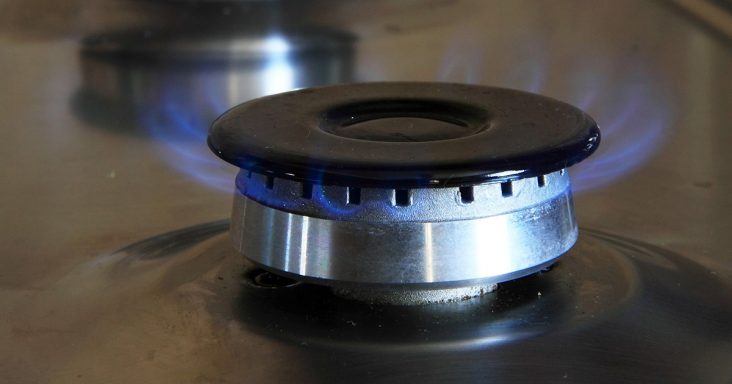Net natural gas exports to almost double by 2021
by January 23, 2020 3:25 pm 565 views

U.S. natural gas exports are expected to exceed natural gas imports by an average of 7.3 billion cubic feet per day in 2020 and 8.9 billion cubic feet per day in 2021, according to the U.S. Energy Information Administration (EIA). The rise in U.S. net exports can be attributed to increases in liquefied natural gas (LNG) exports and pipeline exports to Mexico.
Net natural gas exports more than doubled in 2019, from 2018, and they are expected to nearly double again by 2021, from 2019. The United States trades natural gas by pipeline with Canada and Mexico and as LNG with dozens of countries. The United States historically has imported more natural gas than it exports by pipeline from Canada. But, the United States has been a net exporter of natural gas by pipeline to Mexico. The United States has been a net exporter of LNG since 2016 and delivers LNG to more than 30 countries.
Demand growth for U.S. natural gas exports exceeded consumption growth for natural gas in the U.S. electric power sector in 2019. Natural gas deliveries to U.S. LNG export facilities and by pipeline to Mexico comprised 12% of dry natural gas production in 2019. These deliveries are expected to account for a larger production share through 2021 as new LNG facilities start operating and new pipelines to Mexico begin transporting U.S. natural gas.
Net U.S. natural gas imports from Canada have declined steadily in the past four years as new supplies from Appalachia into the Midwestern states have displaced some pipeline imports from Canada. U.S. pipeline exports to Canada have risen since 2018 when two new pipelines started operating. The United States is expected to remain a net natural gas importer from Canada through 2050.
U.S. pipeline exports to Mexico rose by 0.5 billion cubic feet per day to an average of 5.1 billion cubic feet per day between January and October 2019, from the 2018 average, according to the EIA. The rise came after cross-border pipeline capacity was expanded. Several new pipelines in Mexico that were set to start operating in 2019 were delayed and should be completed in 2020.
U.S. LNG exports increased by 2 billion cubic feet per day to an average of 5 billion cubic feet per day in 2019, from 2018, according to the EIA. The rise can be attributed to several new LNG facilities that started operating. LNG exports are projected to rise to 6.5 billion cubic feet per day in 2020 and 7.7 billion cubic feet per day in 2021 as the facilities increase production.
